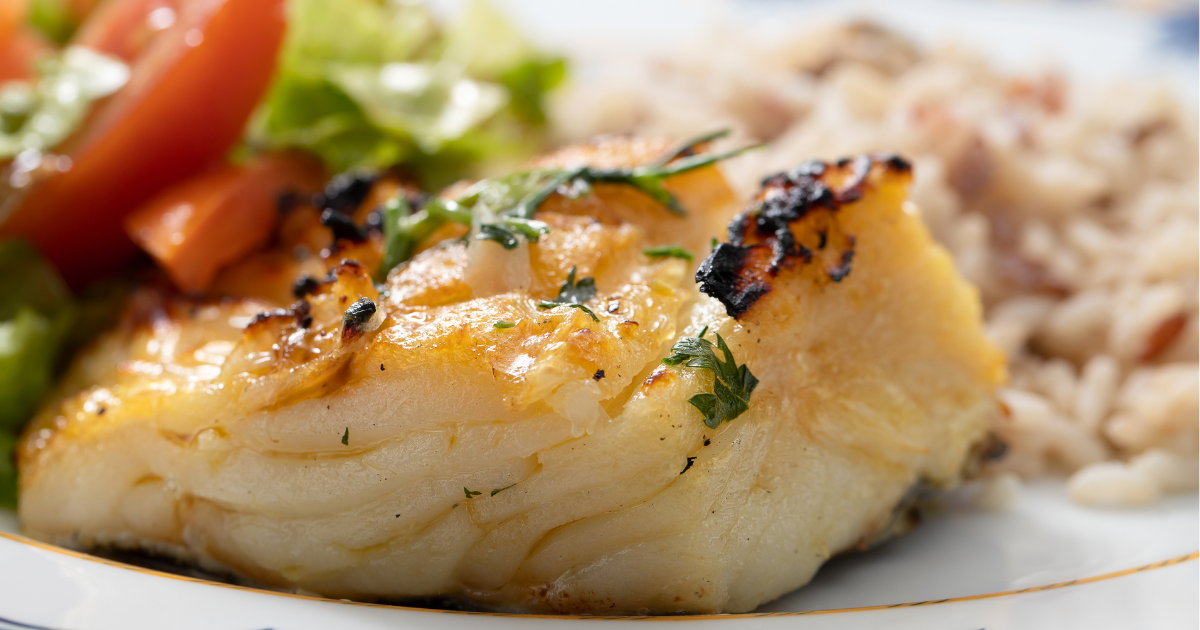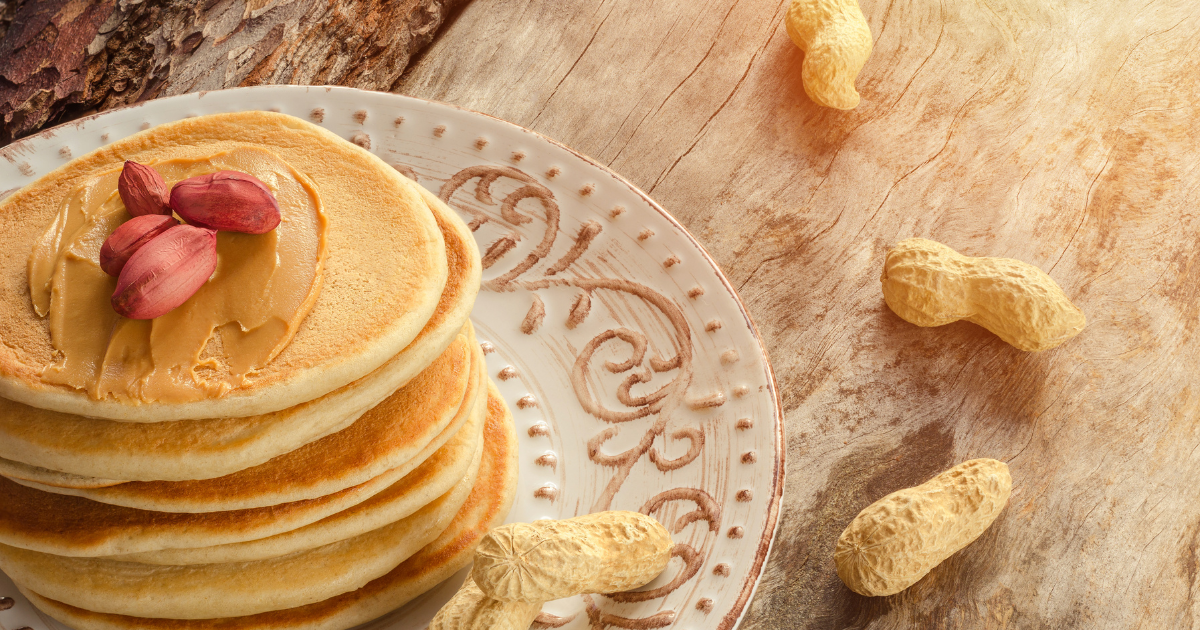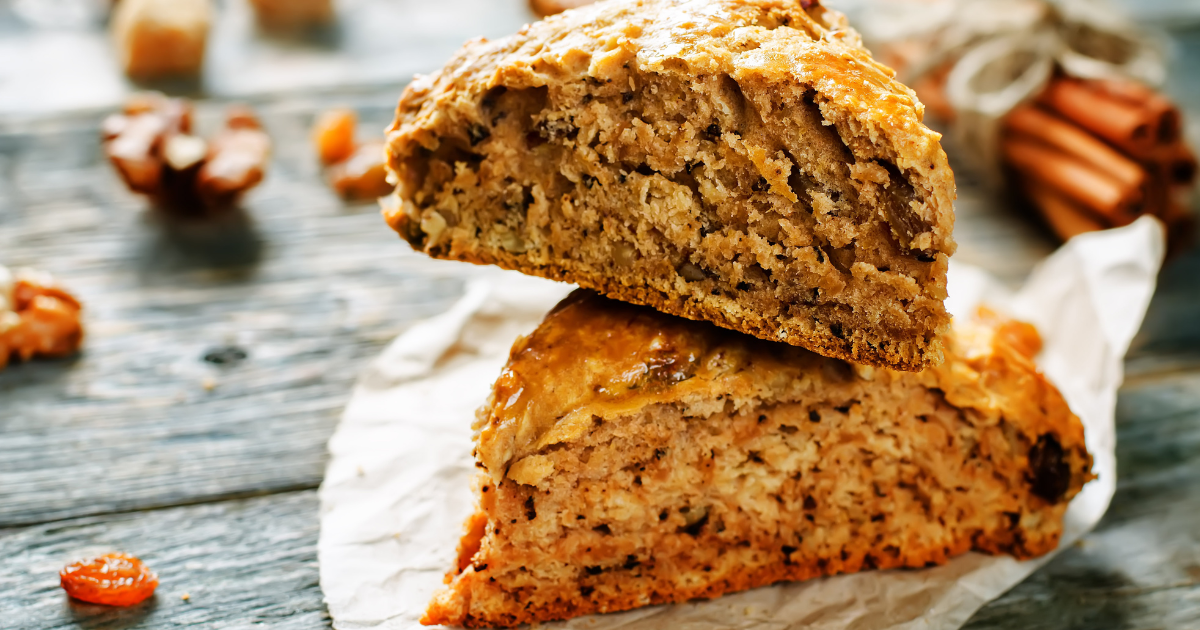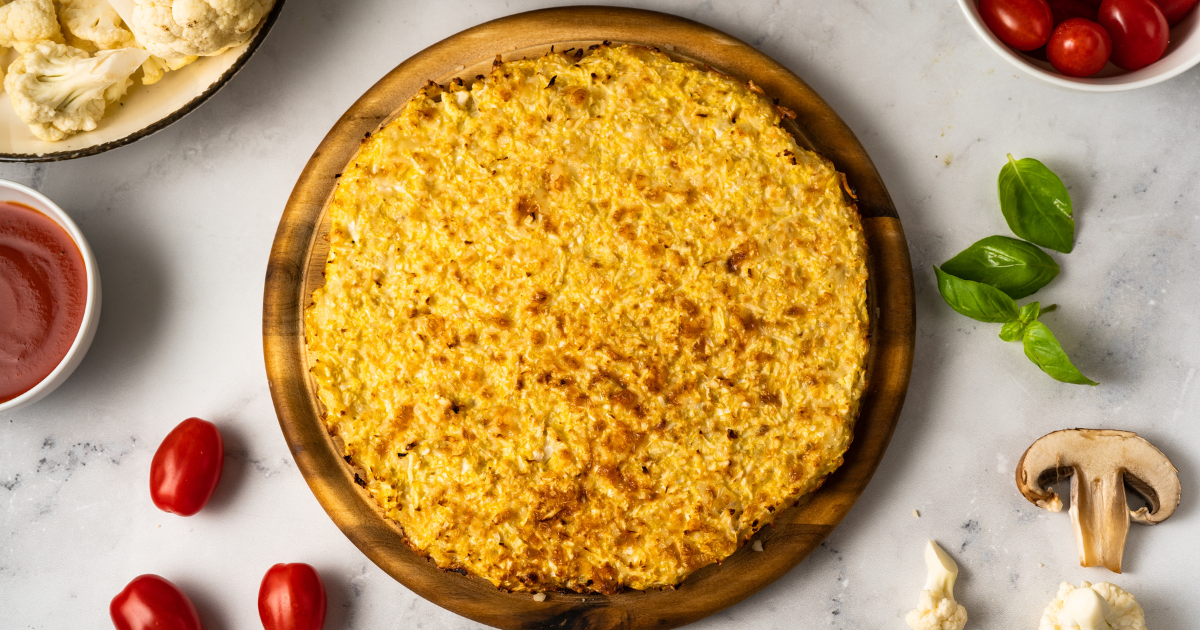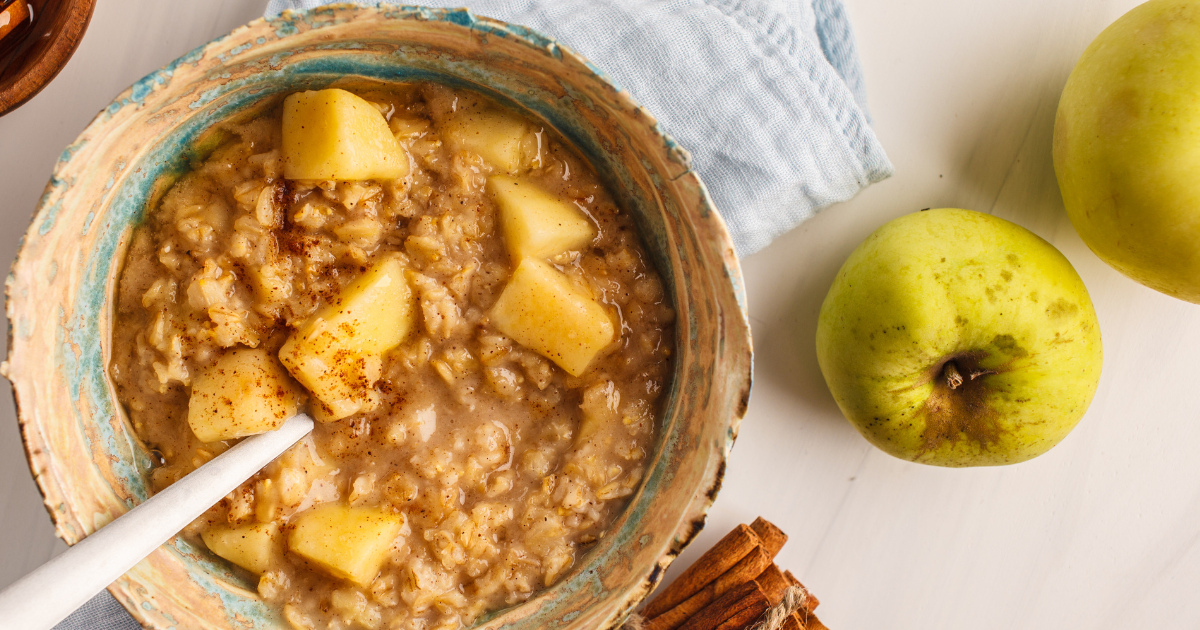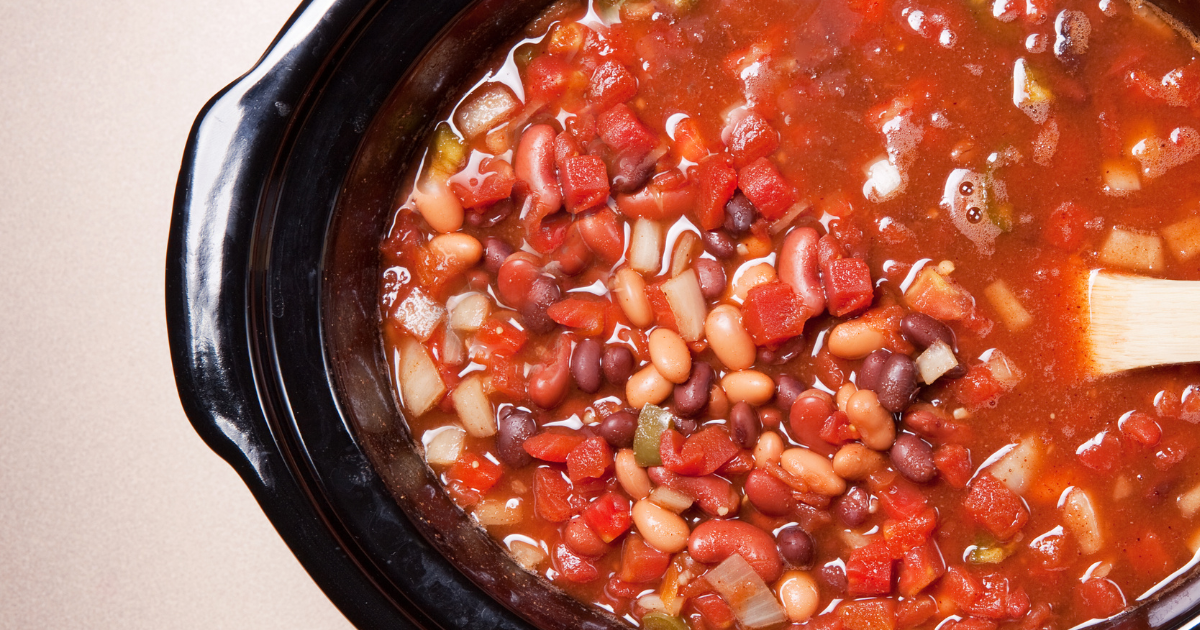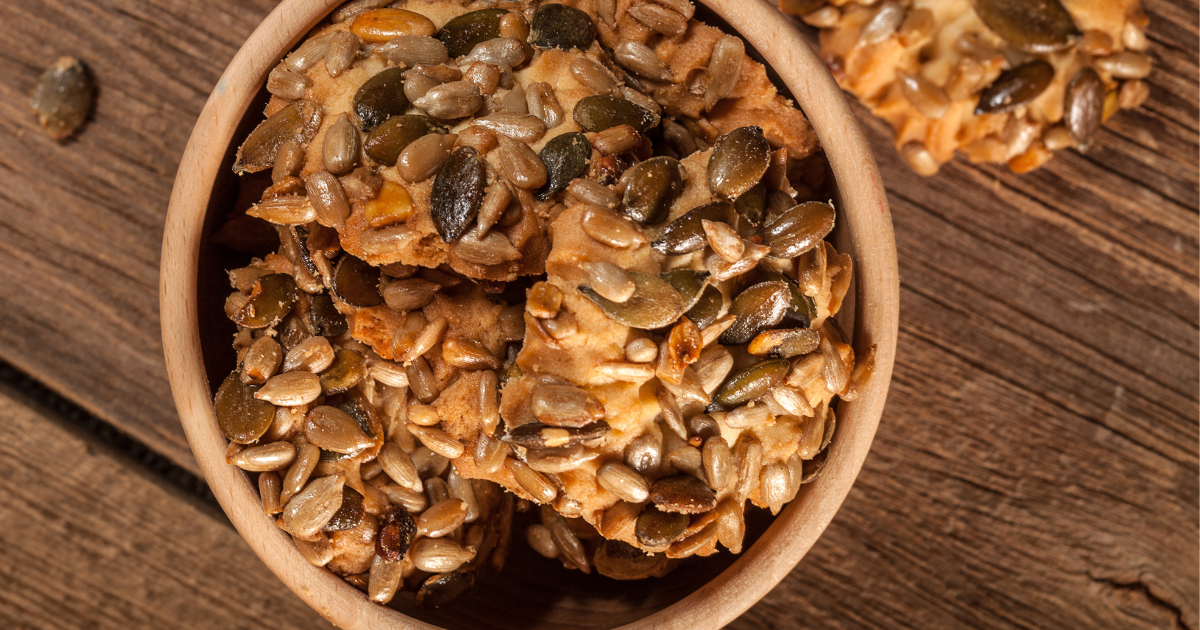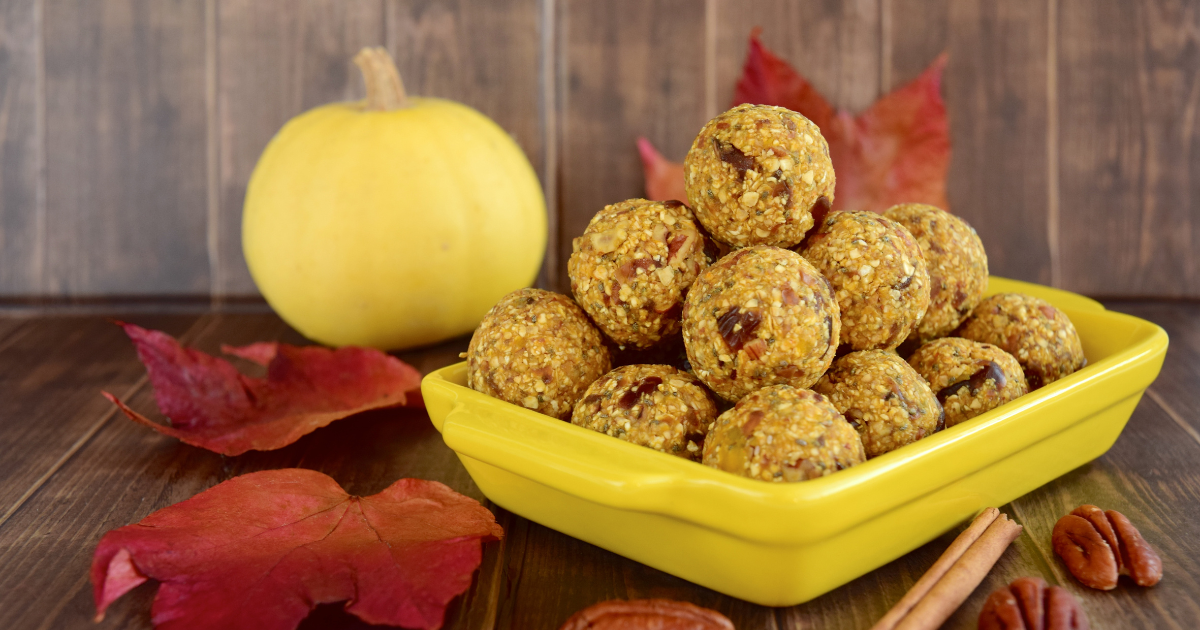Gluten Free
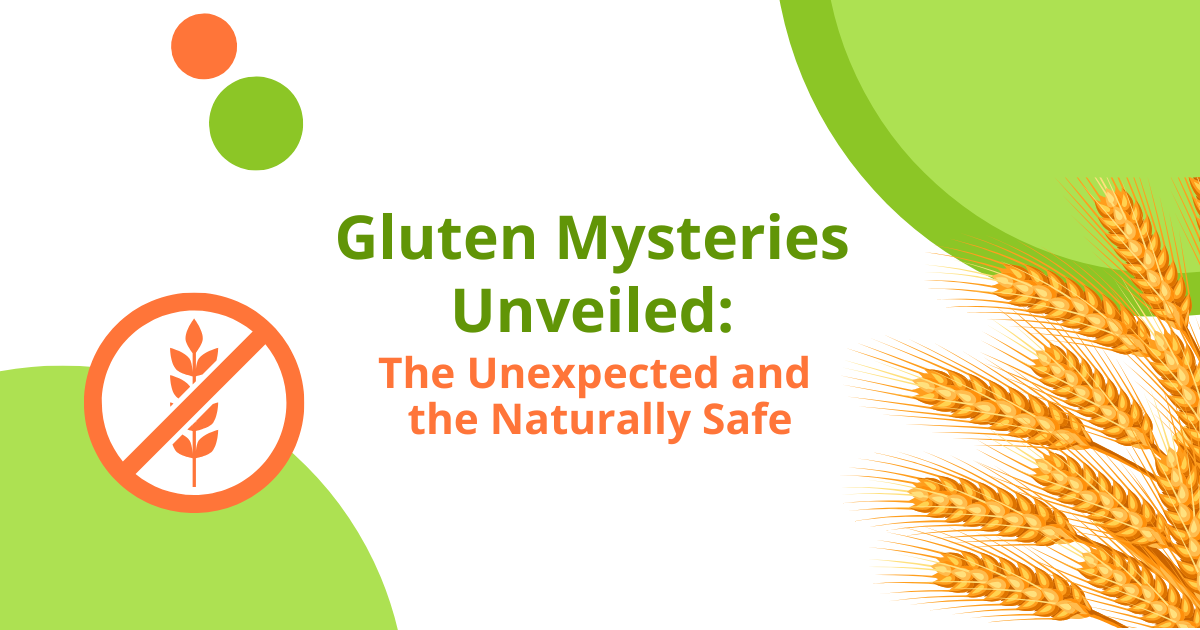
Explore the world of gluten-free living with this guide where we identify often overlooked gluten-containing products and shine a light on surprising, naturally gluten-free alternatives. Whether you're starting a gluten-free lifestyle or looking to expand your dietary choices, understanding what to avoid and what to enjoy can significantly enhance your health and well-being. Here are some products that commonly contain gluten and should be avoided if following a gluten-free diet: Common Gluten-Containing Products: 1. Wheat-based Products: Bread, pasta, cereals, crackers, and flour tortillas. 2. Barley-based Foods: Malt, malt vinegar, and certain cereals or soups. 3. Rye Products: Rye bread, crackers, and rye-based cereals. 4. Baked Goods: Cakes, cookies, muffins, and pastries often contain wheat flour. 5. Beer and Ale: Most are brewed with barley or wheat unless labeled gluten-free. 6. Soy Sauce: Many contain wheat, so opt for gluten-free Tamari or other alternatives. 7. Processed Meats: Some sausages, hot dogs, or deli meats can contain gluten fillers. 8. Certain Dressings and Sauces: Gravies, soy sauces, marinades, and salad dressings may use gluten-containing thickeners. There are many naturally gluten-free foods and products that people often overlook. Here are some that might surprise you: Naturally Gluten-Free Products: 1. Buckwheat: Despite its name, buckwheat is not related to wheat and is gluten-free. It can be used in dishes like soba noodles (verify gluten-free label), pancakes, or porridges. 2. Quinoa: This seed is packed with protein and is a fantastic alternative to grains that contain gluten. 3. Teff: A staple in Ethiopian cuisine, teff is a gluten-free grain that can be used in breads, porridge, and baking. 4. Millet: Often used in birdseed, millet is an ancient grain that is naturally gluten-free and versatile in many recipes. 5. Amaranth: Another seed often mistaken for a grain, amaranth can be used in soups, stews, or even as a porridge. 6. Cornmeal (Polenta): Regular polenta is naturally gluten-free, but always check labels as cross-contamination can occur. 7. Arrowroot Flour: Often used as a thickening agent, arrowroot is a great alternative to cornstarch and is naturally gluten-free. 8. Tapioca: Derived from cassava root, tapioca is gluten-free and used in recipes like puddings and as a thickener. Gluten-Free (Unexpected) Processed Products: 1. Soy Sauce Alternatives (Tamari): While traditional soy sauce often contains wheat, Tamari is a Japanese sauce that is made without wheat and is gluten-free. 2. Rice Paper: Used for making spring rolls, rice paper is gluten-free and an excellent alternative to wheat-based wraps. 3. Vermicelli (Rice Noodles): These noodles are made from rice and are completely gluten-free. 4. Sorghum Syrup: Sorghum is a gluten-free grain, and its syrup is a wonderful natural sweetener. 5. Certain Cereals (Rice and Corn-Based): Many cereals are made with gluten-free ingredients like corn or rice but always check for cross-contamination warnings. 6. Popcorn: Although it might seem obvious, some brands season or package their popcorn with gluten-containing additives. Pure popcorn is gluten-free and a great snack. 7. Cheese and Dairy Products: Plain dairy products are typically gluten-free. However, processed or flavored cheeses can contain gluten, so it's worth checking labels. 8. Coconut Aminos: This is a soy sauce alternative made from the sap of coconut blossoms. It’s naturally gluten-free and low in sodium. If you're exploring gluten-free products for yourself or clients, remember to always check labels for any potential cross-contamination or additives that could introduce gluten. Navigating a gluten-free diet can be straightforward and rewarding when you know where to look. From hidden sources of gluten to a plethora of natural, delicious substitutes, I hope this blog helps you to make informed dietary decisions. Keep a vigilant eye on labels for hidden gluten and cross-contamination to confidently enjoy a diverse, healthy, and gluten-free diet.

